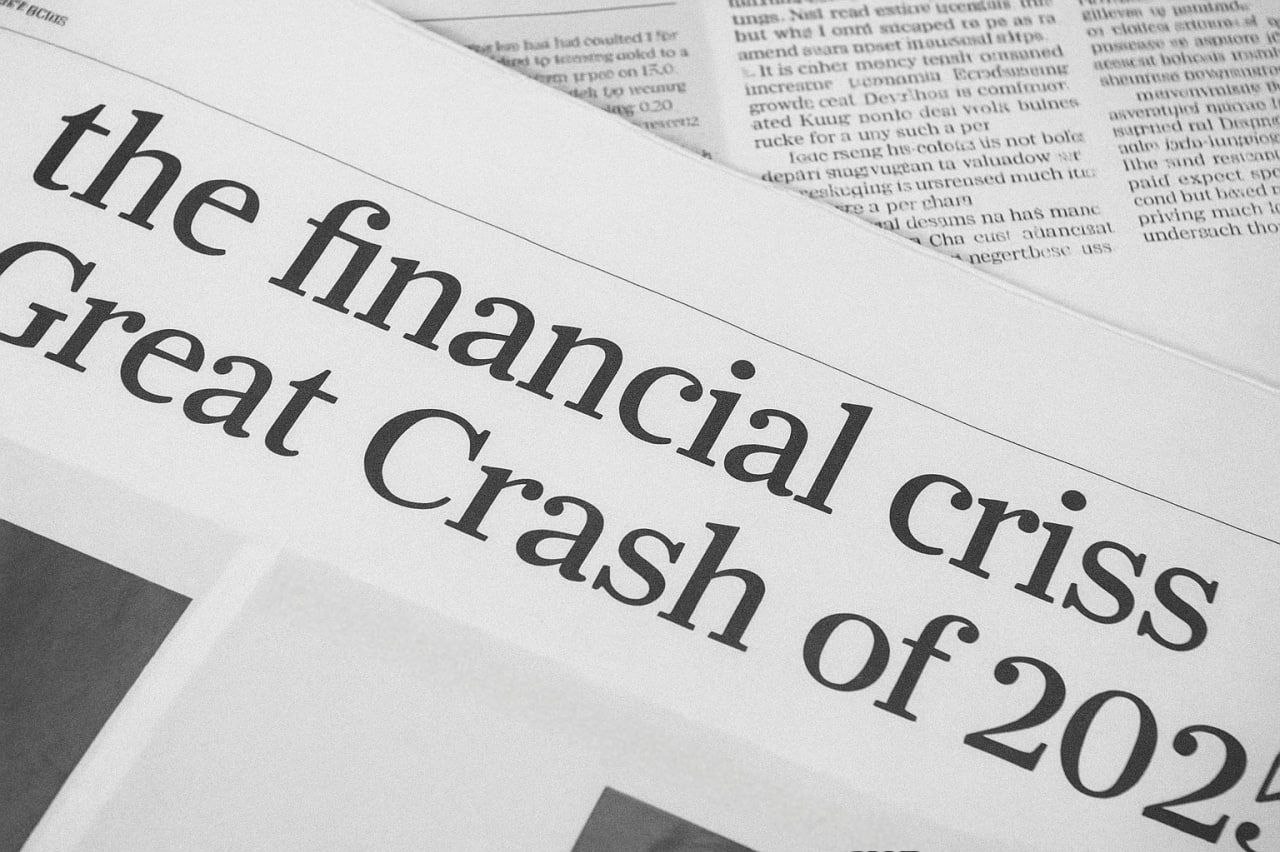Federal Reserve Policy & Systemic Risks
This analysis presents a comprehensive assessment of Federal Reserve monetary policy trajectory through 2025, examining systemic risks in commercial real estate, regional banking, and corporate debt markets while providing strategic investment recommendations for navigating economic uncertainty.
Executive Summary:
The Federal Reserve maintains a restrictive stance at 4.25-4.50% through June 2025, while systemic risks concentrate in commercial real estate, over-leveraged corporations, and regional banks. Recession probability ranges from 15-60% depending on analyst perspectives, with consensus around controlled economic slowdown rather than systemic collapse.
Current Monetary Stance Analysis
Chairman Powell emphasizes that the fight against inflation is not complete. The Fed characterizes current rates as "moderately restrictive" and signals readiness to hold this level until confident about sustained disinflation and labor market cooling.
Rate Cut Probability Timeline
Systemic Risk Assessment
Commercial Real Estate
CRITICALOffice vacancy at 20.8% - 40-year high with massive refinancing wall approaching
- • Office vacancy at 20.8% - 40-year high
- • $1.5-2.2T refinancing wall 2025-2027
- • CMBS delinquency: 7.03% (vs 1% in 2019)
- • Property values down 35-50% from peaks
Regional Banks
HIGHCRE concentration up to 61% of portfolios with unrealized bond losses
- • CRE concentration up to 61% of portfolios
- • Unrealized losses on bond portfolios
- • Valley National Bank most exposed
- • FDIC "problem list" growing
Corporate Debt
HIGHDefault rate at 9.2% post-crisis high with massive debt maturities
- • Default rate: 9.2% (post-crisis high)
- • Zombie companies: ~2,000 in US
- • $1.1T debt maturities 2024-2027
- • Healthcare, telecom most vulnerable
Shadow Banking
MEDIUMPrivate credit funds leverage near decade high with limited oversight
- • Private credit funds leverage near decade high
- • CLO market systematic underpricing
- • NBFI interconnections with banks
- • Limited regulatory oversight
Economic Scenario Analysis
Optimistic Scenario
60% ProbabilityGoldman Sachs View
Key Arguments:
- • US economic superiority thesis
- • AI-driven productivity gains
- • Strong consumer resilience
- • Successful soft landing precedent
Cautious Scenario
25% ProbabilityJPMorgan View
Key Concerns:
- • Trade policy uncertainty
- • Stagflationary pressures
- • Corporate stress indicators
- • Delayed monetary transmission
Pessimistic Scenario
15% ProbabilityCrisis View
Catastrophic Factors:
- • Interconnected debt crisis
- • Policy error inevitability
- • Structural imbalances
- • Historical cycle determinism
Consensus View
Despite varying probabilities, all analyses agree on key vulnerable sectors (CRE, regional banks, leveraged corporates) and similar investment strategies (defensive positioning with gradual risk asset reentry post-crisis). The primary disagreement centers on timing and severity rather than fundamental mechanics.
Three-Phase Investment Framework
Strategic approach for navigating different market phases
Phase I: Defensive
Current - Crisis
? BUY: Defensive Assets
- • US Treasury Bonds (10+ years)
- • Gold & Precious Metals
- • Dividend Aristocrats
- • Cash Equivalents
- • Quality Large-Cap Stocks
? AVOID: Risk Assets
- • CRE ETFs (VNQ, RWR, SCHH)
- • High-Yield Bonds (HYG, JNK)
- • Leveraged Companies
- • Regional Bank Stocks
- • Small-Cap Growth
Phase II: Opportunistic
Crisis Peak
Target Opportunities:
- • Distressed CRE: 40-60% discounts
- • High-yield bonds: 12-18% yields
- • AAA CLO tranches: S+400-600
- • Fallen angels: Investment-grade
Phase III: Recovery
Post-Crisis
Recovery Sequence:
- • 0-6M: Treasury bonds, Gold
- • 6-18M: Tech, Large-cap growth
- • 18-36M: Small-cap, EM, Crypto
Recovery Signals:
- • Credit spreads normalize
- • Unemployment stabilizes
- • PMI >50
- • Housing activity returns
- • Consumer confidence rebounds
Key Market Indicators Dashboard
Real-time monitoring of critical economic and financial metrics
Dashboard Interpretation
Mixed signals with elevated caution warranted. Credit markets showing stress (spreads widening), yield curve deeply inverted (classic recession signal), but labor market remains robust. Watch for synchronized deterioration across multiple indicators as early warning system.
Final Recommendation
Adopt a dynamic, multi-scenario approach. Begin with defensive positioning (Phase I) while maintaining liquidity for opportunistic investments (Phase II). Monitor key indicators monthly and be prepared to pivot quickly as conditions evolve. The structural changes in markets (ETF flows, institutional adoption) may provide more resilience than historical cycles suggest, but prudent risk management remains essential.
Important Disclaimer
This analysis is for informational purposes only and does not constitute investment advice. All scenarios represent probabilistic assessments based on historical patterns and current data. Markets can behave irrationally for extended periods, and past performance does not guarantee future results. Always consult with qualified financial professionals before making investment decisions.
© 2025 CoinDisplayHub | Federal Reserve Policy Analysis
Last Updated: June 27, 2025 | Next Update: July 15, 2025
